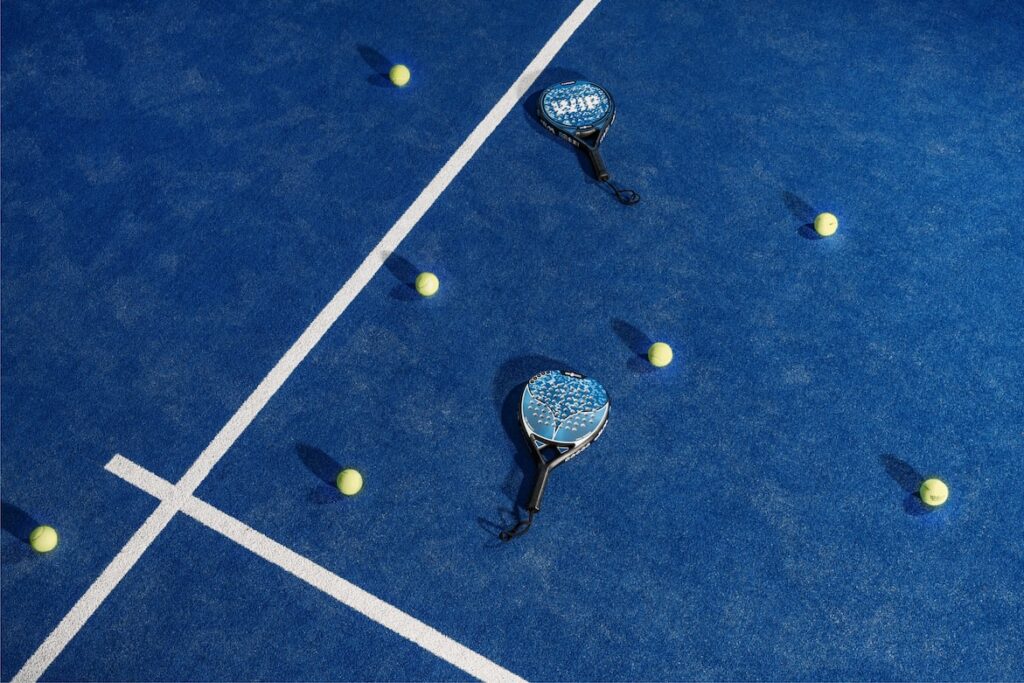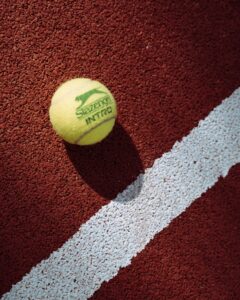Padel Fundamentals: Understanding and Applying the Basic Rules
3 min read
Padel Fundamentals: Understanding and Applying the Basic Rules
Welcome to the exciting world of padel! Whether you are a beginner or a seasoned player, having a solid understanding of the basic padel rules is essential. In this article, we will delve into the fundamentals of this fast-paced and addictive game, guiding you through the rules that govern it. So grab your padel racket and let’s get started!
The Court and Equipment
First things first, let’s familiarize ourselves with the court and equipment. A padel court is rectangular in shape, measuring 10 meters in width and 20 meters in length. It is enclosed by walls, and a mesh fence separates the playing area from the spectators. The court is divided into two halves by a net, just like a tennis court.
Each player is equipped with a padel racket that closely resembles a tennis racket. These rackets are perforated and have no strings. Padel balls are similar to tennis balls but slightly smaller and less pressurized.
Scoring
Scoring in padel follows a similar system to tennis. The game is played in sets, with each set consisting of games, and each game consisting of points. A player or team must win six games, with a two-game advantage, to win a set.
Points are scored similarly to tennis, with Love (0), 15, 30, and 40. However, if both players or teams reach 40-40, it is called “deuce.” From there, the scoring system switches to “advantage.” If the player or team with the advantage wins the next point, they win the game. If the opposing player or team wins the point, it goes back to deuce.
Serving and Receiving
The serve in padel is performed underhand and diagonally, with the server starting from the right side. The ball must touch the ground before hitting it, and it must pass diagonally over the net and reach the opponent’s service box at the opposite diagonal. The serve must not touch the sidewalls before the ball bounces in the service box.
When receiving the serve, the receiver must let the ball bounce before returning it. The ball can either be volleyed (hitting the ball in the air without letting it bounce) or played after the first bounce.
The Play and Basic Rules
Now that we have covered the court, scoring, serving, and receiving, let’s explore the basic rules that govern the play itself.
– The ball can be played off the walls, making padel a unique combination of tennis and squash. You can use the walls strategically to keep the ball in play or to hit trick shots that catch your opponent off guard.
– Each player or team is allowed one bounce before returning the ball, similar to squash. After the first bounce, the ball can be volleyed without letting it bounce.
– The ball can be played anywhere on the court, but it must always clear the net and stay within the boundaries of the court. Hitting the ball out of bounds results in the opponent winning the point.
– The classic rule in padel is that the ball can only bounce once before being returned. However, due to its growing popularity, some variants have emerged where players can allow the ball to bounce twice before returning it. Make sure to clarify this rule with your opponent before playing a match.
Conclusion
Now that you have a solid understanding of the basic padel rules, it’s time to put your knowledge into practice! Padel is an incredibly dynamic and enjoyable sport that combines elements from tennis, squash, and even racquetball. So grab a partner, head to the court, and have a blast experimenting with different shots and strategies!
Remember, mastering basic padel rules is just the beginning of your journey to becoming a padel pro. As you gain more experience, you’ll discover advanced techniques, tactics, and strategies that will elevate your game to the next level. But for now, start with the fundamentals, enjoy the game, and always keep improving!






